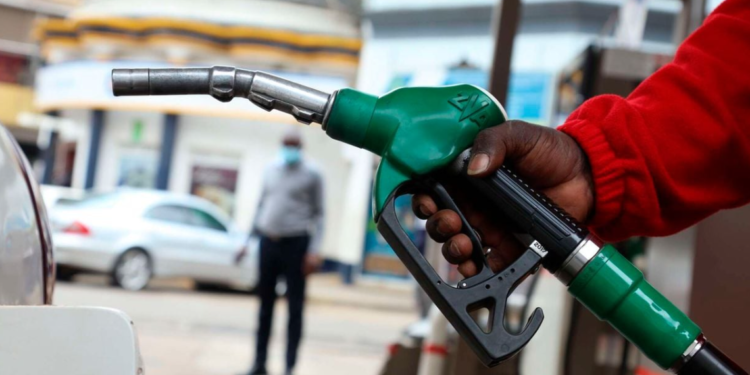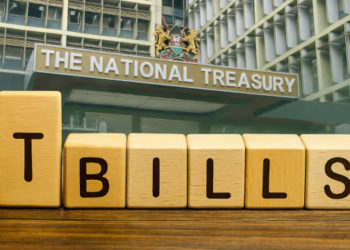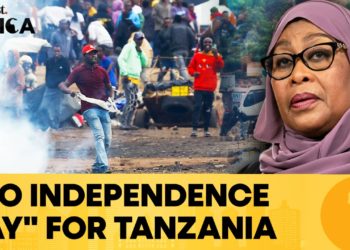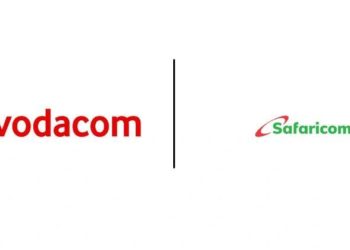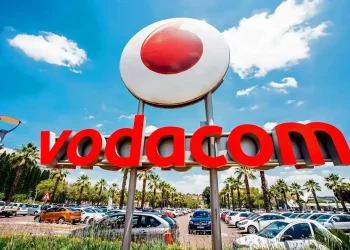The Kenyan government’s securitization of the fuel levy has emerged as a bold, high-stakes strategy to inject liquidity into stalled infrastructure projects, but at the cost of compounding long-term debt risks and weakening fiscal transparency. While the immediate objective is to unlock funds to settle ballooning pending bills owed to road contractors, this financing model trades short-term cash flow for long-term financial obligations that may burden future taxpayers for decades.
At the heart of the securitization scheme is the fuel levy, a tax imposed on every litre of petrol and diesel sold in Kenya. In July 2023, the government raised the Road Maintenance Levy Fund (RMLF) from KES 18 to KES 25 per litre, boosting annual collections from KES 83.0 billion to approximately KES 115.0 billion, according to estimates from the Kenya Roads Board (KRB). This reliable revenue stream, collected directly at the pump, has been positioned as a stable cash flow suitable for securitization.
Through this model, the government creates legally separate Special Purpose Vehicles (SPVs) that isolate the designated portions of fuel levy collections from general government revenues. These SPVs serve as the issuers of asset-backed securities, allowing bondholders to receive priority payments from fuel levy collections before funds can be diverted for other uses. By insulating the cash flows, investors are offered a high degree of repayment certainty, which in turn attracts local banks, pension funds, and institutional investors.
The National Assembly recently approved the KRB’s plan to securitize KES 12.0 of the KES 25.0 per litre fuel levy to back two major bonds: KES 7.0 per litre will support a KES 175.0 billion bond meant to clear the mounting pending bills that have brought road projects to a standstill and pushed small contractors into bankruptcy. The remaining KES 5 per litre will support a KES 125.0 billion bond earmarked for ongoing and future contractor obligations. Combined, these bonds will raise KES 300 billion, one of Kenya’s most ambitious securitization deals to date.
To operationalize this, Oak Assetco SPV Limited has been established to manage collections for the KES 125.0 billion bond, while the Eastern and Southern Africa Trade and Development Bank (TDB) will act as the lead arranger and transaction advisor for both bond issues. The first KES 175.0 billion bond is expected to be issued before the end of 2025, with proceeds going toward repaying bridge loans already used to pay verified contractor claims. So far, KRB has disbursed KES 60.6 billion to road agencies, including KES 29.0 billion to Kenya National Highways Authority (KeNHA), KES 27.0 billion to Kenya Rural Roads Authority (KeRRA), and KES 4.67 billion to Kenya Urban Roads Authority (KURA).
Although this approach offers an immediate reprieve for struggling contractors and promises to stimulate activity in the construction sector, which is projected to rebound to 5.2% growth in 2025, the longer-term implications are far more complex. Securitization ties up a significant portion of the country’s fuel levy revenues, committing them to debt servicing for years or even decades. Should as much as 50.0% of the fuel levy be pledged, up to KES 150.0 billion of future collections may be locked into debt obligations, sharply reducing fiscal flexibility for essential sectors like healthcare, education, or social safety nets.
Moreover, Kenya’s public debt already stands at approximately 70.0% of GDP, and adding new layers of secured, ring-fenced debt only compounds fiscal vulnerability. The risk is amplified by the fact that fuel consumption, the very source of these cash flows, may decline over time as electric vehicles and alternative energy adoption rise. Political resistance to further levy hikes, already viewed by many as regressive and inflationary, also adds to the sustainability risks of this approach.
Transparency remains another serious concern. The Kenya Roads Board, National Treasury, and the SPVs involved in the securitization have disclosed little regarding the detailed terms of the bonds, interest rates, repayment schedules, or specific project allocations. Previous infrastructure projects, such as the Nairobi Expressway, have been plagued by cost overruns and management controversies, raising valid questions about whether funds raised through securitization will be used efficiently and whether taxpayers will get full value for money. The opacity surrounding SPV operations, which are not subject to the same public audit scrutiny as government budgets, further exacerbates these fears.
In reality, Kenya’s fuel levy securitization reflects a dangerous trade-off: short-term liquidity is secured at the cost of long-term fiscal discipline and public accountability. While the model allows the government to jumpstart stalled projects and reduce contractor debt burdens in the near term, it risks entrenching structural debt problems that will constrain fiscal space for future administrations and potentially compromise Kenya’s broader macroeconomic stability. Without robust oversight, transparent disclosure, and careful management, this financial engineering could easily deepen Kenya’s public finance quagmire rather than resolve it.


